Introduction to Material Cuisine
Material cuisine refers to the art and science of utilizing various materials in the culinary field, enhancing both the process of cooking and the dining experience. The selection of materials plays a crucial role not just in food preparation but also in the aesthetics and functionality of the culinary tools and utensils used. In today's fast-paced culinary environment, understanding and selecting the right materials for cooking and serving can greatly influence taste, presentation, and even nutritional value.
Types of Material Cuisine
- Cookware Materials:
- Stainless Steel: Known for its durability and non-reactive nature, it is perfect for various cooking methods.
- Cast Iron: Ideal for retaining heat and enhancing flavors, particularly in slow cooking.
- Non-Stick Coatings: These simplify cooking and cleaning, allowing for healthier cooking with less fat.
- Glass: Non-reactive and perfect for baking, glass cookware allows for easy monitoring of food as it cooks.
- Serving Materials:
- Wood: A classic choice, wooden boards and dishes elevate the natural presentation of food.
- Ceramic: Offers an elegant touch and excellent heat retention for serving various dishes.
- Metal: Stainless steel and copper serve as excellent options for durability and style in food presentation.
Applications of Material Cuisine
- Culinary Techniques: Different materials react uniquely to heat, influencing cooking techniques such as sautéing, baking, or grilling.
- Flavor Enhancement: Certain materials, like cast iron, can enhance the flavor profile of food, thanks to their heat retention and seasoning abilities.
- Food Presentation: The choice of materials for serving dishes can make meals visually appealing, increasing the overall dining experience.
- Durability and Maintenance: Selecting durable materials ensures that cooking tools withstand frequent use, maintaining performance over time.
Advantages of Choosing the Right Material Cuisine
- Health Benefits:
- The right materials can minimize chemical leaching, especially when using non-reactive cookware.
- Non-stick surfaces allow for healthier cooking with less oil and fat.
- Increased Longevity:
- Investing in high-quality, durable materials reduces replacement costs over time.
- Materials like stainless steel and cast iron can last a lifetime with proper care.
- Enhanced Cooking Experience:
- Using the right materials ensures that heat is distributed evenly, improving cooking results.
- Specialty materials can unlock the potential for unique cooking methods and recipes.
- Environmental Impact:
- Choosing eco-friendly materials contributes to sustainability and responsible cooking.
- Food-grade and sustainably sourced materials minimize the carbon footprint associated with cookware and utensils.










































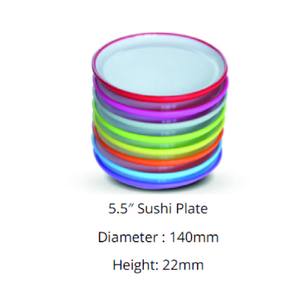









































































































































































































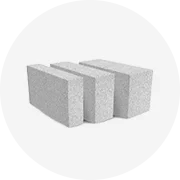
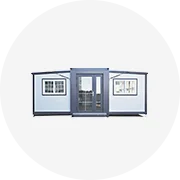
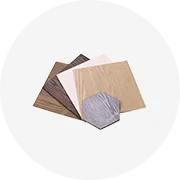


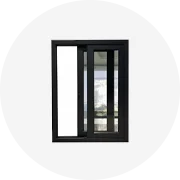
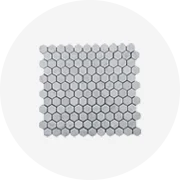
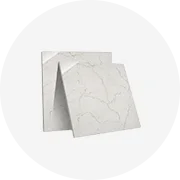
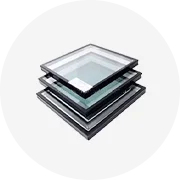
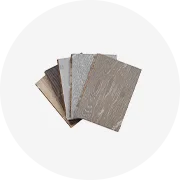
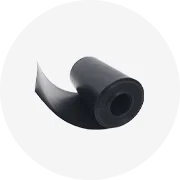
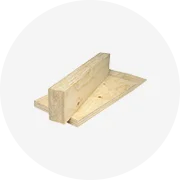
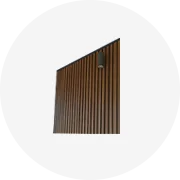
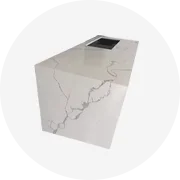
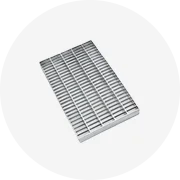
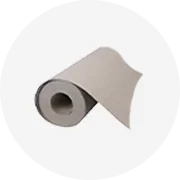






 浙公网安备 33010002000092号
浙公网安备 33010002000092号 浙B2-20120091-4
浙B2-20120091-4